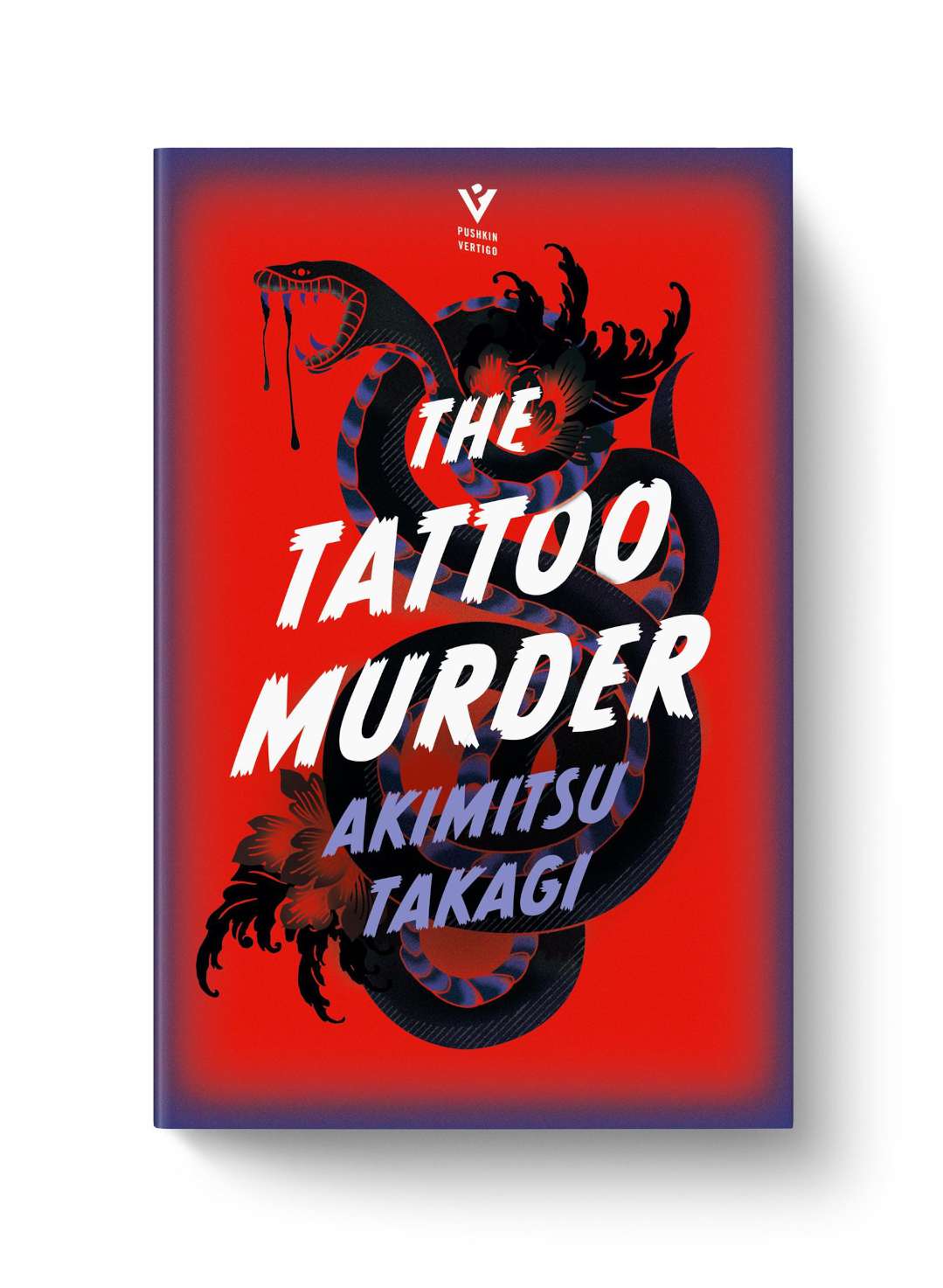Entitled The Tattoo Murder, this first novel by Japanese writer Akimitsu Takagi has been published by Pushkin Press.
First published in 1948, under the title Shisei Satsujin Jiken, this is Akimitsu Takagi’s first novel. It is part of the Pushkin Vertigo collection, which features the best crime novels from around the world. Born in 1920, a former engineer, Takagi took up writing after years spent in the aeronautical industry. For his first story, Takagi uses the theme of irezumi, the traditional Japanese tattoo, which he places at the heart of his plot: in the ruins of a Tokyo devastated by the Second World War, the atrocious murders of tattooed people put the police on their toes.
A decisive work for the young author
The book was an immediate success when it came out (over 30,000 copies sold), and launched the writer’s career. In the decades that followed, Takagi became one of the most popular – and prolific – authors of Japanese crime fiction. Incidentally, Takagi began writing on the advice of a fortune-teller. Trained as an engineer and unemployed after the defeat of 1945, the former scientist was looking for a future. He found it in the predictions made by a medium who, after reading the lines in his hand, advised him to write a book. Not bad for someone who had never shown any desire to become an author.
A man of letters and images
The Tattoo Murder and and the book of photographs, the tattoo writer are two sides of the same coin. Taken a few years after the book was written, the images faithfully capture the tattoo culture of the period described. But they would probably never have existed without it. As a conscientious writer, Takagi made contact with the underground tattoo milieu of the time while writing his novel. The author seeks to gather information and lend authenticity to his plot. He forges close links with the tattoo artists and their clients. He went from being a privileged observer of this underground milieu to a first-hand witness when he began documenting it with his camera in the 1950s. Ultimately, the study of the archive he left of this milieu during this period established him as one of the most important witnesses to the history of tattooing in 20th-century Japan.
This first novel, now translated into English and published by Pushkin Press, is also available in French (Irezumi, Denoël) and Italian (Il mistero della donna tatuata, Einaudi).


3 Comments